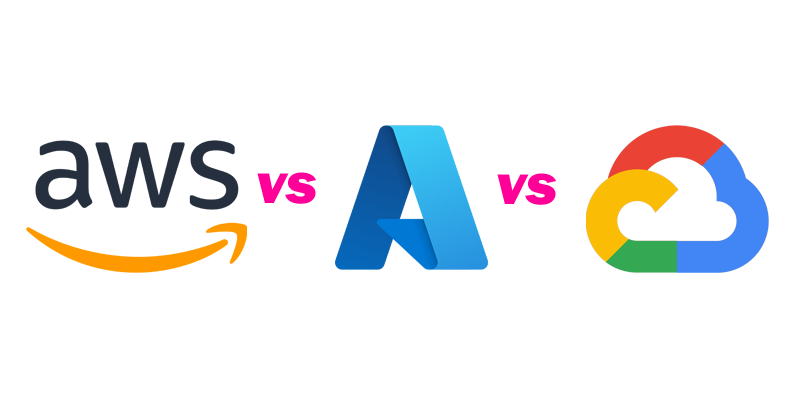What is Open AI?
In the early 2000s, the global growth of Artificial Intelligence (AI) raised concerns about the potential for an uncontrolled and emotionless intelligence explosion which could pose an existential threat to humanity. Recognizing this challenge, Sam Altman and Elon Musk took the lead in promoting the safe and open development of AI. Prior to establishing their company, both Altman and Musk expressed concerns about the risks and opportunities associated with AI technology, even referring to it as “the greatest threat to humanity” at one point.
Open AI is a research and development company that aims to promote and develop human-friendly and safe AI that will aid people in their day-to-day lives, benefiting all of humanity. Since its market launch, Open AI has impressed everyone with an impressive lineup of tools, including DALL-E, an image generator, and Codex AI, which translates natural language to code. However, what has made Open AI the most well-known brand in the past few months is ChatGPT, an innovative chat conversational tool that is surprising people with its intelligence and humanness by blurring the lines between human-to-human and human-to-machine communication. The tool is powered by Open AI’s flagship GPT-3 convolutional neural network model, which is more than just an autocomplete on steroids.

Open AI: From Video Games to Natural Language Processing
Initially focusing on AI applications for video games and other projects, Open AI released its first tools in 2016, such as the Open AI Gym and Universe for reinforcement learning (RI), which allowed users to train AI agents in a simulated environment that enabled learning in an interactive way by trial and error. However, the company quickly evolved to focus on large-scale projects such as natural language processing (NLP) and robotics. It aims to advance the research and development of AI to benefit humanity, and has since released products such as the GPT-3 language model and the robotic hand, Dactyl.

While the company was focusing more on general AI research and development, in 2018 it released a revolutionary paper that introduced the concept of a Generative Pre-trained Transformers (GPT). GPTs are neural networks trained on a large dataset of human-generated text and can perform a variety of functions, such as generating and answering questions. OpenAI then developed GPT-1 and GPT-2, their first two language models, both of which were trained on a huge corpus of books and webpages. However, the team was hesitant to release GPT-2 to the public due to potential misuse, such as writing scam emails or generating fake news.
AI Evolution: DALL-E’s Graphics and GPT-3’s Parameters
OpenAI has been at the forefront of developing innovative artificial intelligence (AI) tools that have transformed the way we create, communicate, and interact with machines. In 2021, the company released DALL-E, a groundbreaking generative AI tool that is capable of producing photorealistic graphics from text-based commands. One of the most exciting features of Dall-E is its ability to understand and interpret natural language.

Later on, its success led to the creation of GPT-3, an AI model with 175 billion parameters, making it one of the largest language models in existence. With its ability to understand and generate natural language, GPT-3 has a wide range of applications, from language translation to content creation, with seemingly limitless possibilities for the future of AI-generated content.
What’s coming next? GPT-4 Giant?
It is awe-inspiring and scary to consider that OpenAI is already hard at work on GPT-4. The power of GPT-3 lies in its 175 billion parameters that allow it to generate conversational text in the English language. ChatGPT4, however, is speculated to have up to 100 trillion parameters and will launch in 2023. Unlike GPT-3 the focus for GPT-4 is not on size alone instead the emphasis is shifted to optimizing the current model due to the previous model’s imprecise single training. Therefore, GPT-4 will undergo extensive training across numerous hyperparameters, resulting in increased inputs and the ability to tackle complex tasks at scale. As a result GPT-4 will surpass previous model’s efficiency and accuracy and solve a myriad of Natural Language Processing (NLP) tasks.

Potential Benefits of Open AI
One of the greatest benefits of AI is its ability to tackle complex problems that may be difficult for humans to solve alone. For instance, AI systems are already being used to review medical scans and patient records, optimize crop yields, and oversee public transportation. As AI continues to evolve, its potential benefits will extend to other fields such as education, marketing, financial services, and customer care. This means that businesses across various sectors can leverage the power of AI to drive innovation, optimize processes, and gain a competitive edge in their respective markets.
Of course, the emergence of AI also comes with risks. However, as companies like OpenAI continue to shape the landscape of AI development, they are also setting standards for “safe” and “beneficial” use by disallowing usage for illegal activities, generation of malware, fraudulent and detective activities, etc. By embracing the potential of AI and working with industry experts to develop responsible and ethical AI practices, businesses can unlock a whole new level of potential and revolutionize the way they work. The future of AI is bright, and those who harness its power will undoubtedly reap the benefits for years to come.
Do you want to learn more about using generative AI to help grow your business? Our team of experts are here to guide you through the process.
Seize this opportunity today and schedule a free consultation with us now to find out how AI can revolutionize your operations.
Email us: info@liqteq.com— or call us at : +1 832 579 0715
We are already building quite a few products. One of which is our advanced https://vidan.ai/ – An AI-powered video analytics platform enabling businesses around the world to access the amazing capabilities of AI in retail, health, KPI operations and beyond.





















